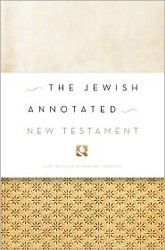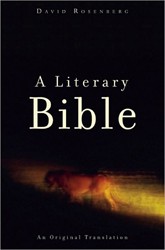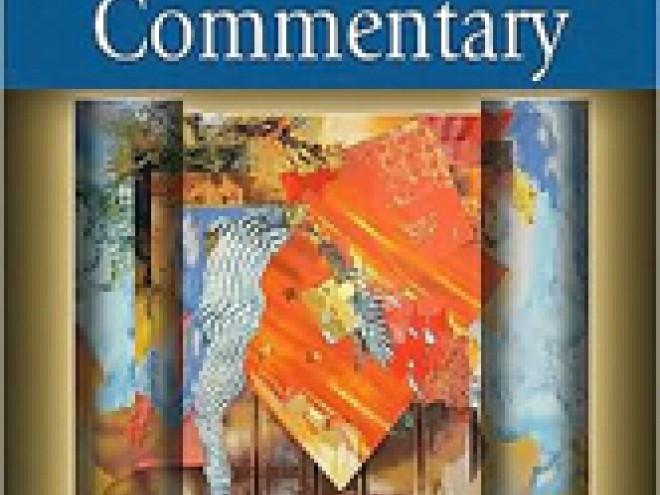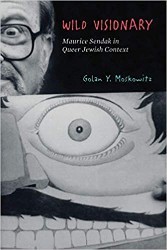The Book of Psalms is many things to many people. It is a source of solace, inspiration, existential angst, faith, piety, longing, gratitude, lyrical poetry, musical and choir notations, and a part of the liturgy of major religions. Psalms speaks to all generations and has occupied a revered place in the Jewish catechism since it first appeared. Given the sacred nature and setting of the Psalms, it is no wonder that it was and remains so popular.
One of the hallmarks of all enduring literary works is the capacity for multiple layers of interpretation. Indeed, Psalms can be interpreted from a religious-cultural perspective, which the Rabbis have been doing for centuries; they can be viewed from an historical-anthropological perspective, which has been done by many fine scholars in the past century and a half; and they can be viewed as great literature, which of course is true for the entire Bible.
Rabbi Benjamin J. Segal acknowledges the other valences at play in the Psalms, but his focus is literary analysis, and he offers a new and refreshing look at this wonderful one-hundred-fifty-chapter treasure. As an anthology, this is not a book to be read straight through. Even if one does not have favorite psalms, the psalms need to be read in groupings, thematically, or even sequentially, but not all at once so that each psalm or category can be savored as its literary bounty is uncovered.
A New Psalm—a play on the opening words from Psalm 96 — is more of a companion than a full-fledged commentary, but the voluminous sources cited, both modern and classical, serve that purpose as well. Although written at a specific time in ancient history by King David and other authors for a traditional faith-based society, Segal demonstrates that the topics covered and the emotions expressed are still viable today. The literary styles are analyzed not so much as theology but rather, as records of people’s spiritual encounter with God. All the issues of modernity — theodicy, God’s apparent absence from the human arena, the cries of lament expressed by people who faced unspeakable evil, fear of death, the search for justice, pleas for mercy, bursts of enthusiasm, wonder at God’s works, etc. — can be found expressed in the most sophisticated literary style.
The author compares the five divisions of Psalms to the Pentateuch. He illustrates the various stylistic tropes such as alliteration, repetition, parallelism, line forms, refrains, inclusio, synonyms, chiasm, acrostics, puns and wordplay, word pairs, and surprise endings which occur throughout Psalms. There are hymns, laments, psalms of thanksgiving, prayers, exhortations, and didactics, all expressed in a florid literary style.
For those familiar with the original Hebrew text, Segal’s comments and observations will be especially meaningful; for those who rely on his masterful translation, this book will yield untold hours of appreciation for a Jewish classic, presented in modern garb but with the original messages intact. His original titles for the chapters are both inspired and clever, rendering an index unnecessary. The artwork by David Sharir adds a lovely aesthetic dimension to the book.
The Book of Psalms was the first structured set of prayers in ancient Israel. The service in the Temple incorporated its verses and we have been reciting them ever since. A New Psalm brings the psalms’ beauty, joy, ethos, and pathos to the modern reading public.
Related content:





